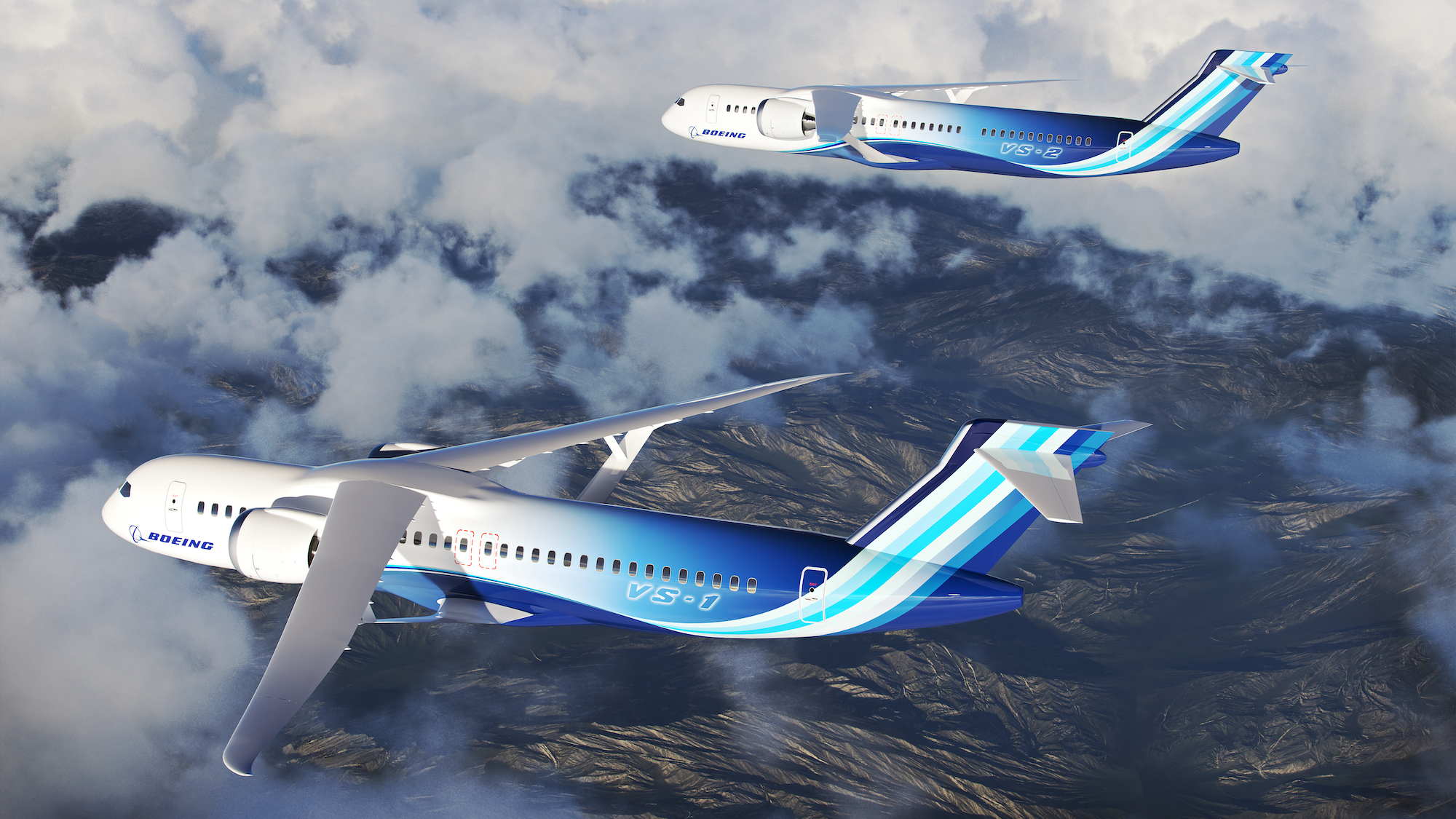Exploring Experimental Aircraft in Aviation’s Future
The aviation industry stands on the cusp of a transformative era, driven by groundbreaking technological advances and innovative designs. Experimental aircraft, once sidelined as mere speculative visions, are now at the forefront of this evolution. These pioneering machines are not only pushing the boundaries of what is possible in flight but are also setting new standards for efficiency, sustainability, and performance. This article explores the innovations and designs that are shaping the future of experimental aircraft and revolutionizing aviation technology.
Innovations Shaping the Future of Experimental Aircraft

The field of experimental aircraft is a hotbed of innovation, with new technologies constantly emerging to redefine the possibilities of aviation. Chief among these are advancements in propulsion systems, particularly electric and hybrid-electric engines. These systems promise to significantly reduce carbon emissions and operational costs, making them highly attractive in an era where environmental consciousness is paramount. Companies like NASA and several startups are leading the charge, conducting research and test flights to perfect these alternative power sources.
Another significant innovation shaping the future is the use of advanced composite materials. These materials, such as carbon fiber-reinforced polymers, offer unparalleled strength-to-weight ratios, which are crucial for enhancing aircraft performance and fuel efficiency. By integrating these materials, experimental aircraft can achieve greater speed and agility while maintaining structural integrity. This innovation is critical to developing aircraft that can handle the rigors of high-speed travel and futuristic maneuvers.
Additionally, the incorporation of artificial intelligence and machine learning into experimental aircraft systems is paving the way for autonomous flight capabilities. These advanced systems are being designed to manage complex flight operations, optimize routes, and improve safety by anticipating and correcting potential errors. As AI technology matures, it is expected to play a significant role in reducing pilot workload and facilitating next-generation air traffic management systems, ultimately leading to safer and more efficient air travel.
Pioneering Designs Revolutionizing Aviation Technology

Pioneering designs in experimental aircraft are redefining traditional concepts of aerodynamics and aircraft configuration. Concepts like blended wing bodies and flying wings are gaining traction due to their potential to reduce drag and increase fuel efficiency. Such designs, characterized by their seamless integration of wings and fuselage, are being explored by aviation giants like Boeing and Airbus, as well as by innovative startups looking to break into the market with disruptive ideas.
Vertical takeoff and landing (VTOL) technology represents another revolutionary design approach. These aircraft, capable of hovering, taking off, and landing vertically, are seen as the future of urban air mobility. Companies such as Joby Aviation and Lilium are at the forefront, developing eVTOL aircraft that promise to alleviate urban congestion and transform short-distance travel. The flexibility and speed of VTOL designs have the potential to revolutionize not only private travel but also industries such as emergency response and logistics.
The burgeoning field of supersonic and hypersonic flight is also contributing to the evolution of experimental aircraft designs. The quest for faster-than-sound travel has led to the development of sleek, aerodynamically optimized aircraft that can drastically reduce travel times. Efforts by companies like Boom Supersonic are working towards a new era of commercial supersonic flight, while NASA’s X-59 QueSST project aims to create a quieter sonic boom, addressing one of the major barriers to widespread adoption of supersonic travel.
As we delve deeper into the 21st century, experimental aircraft stand at the forefront of aviation innovation. The integration of cutting-edge technologies and revolutionary designs holds the promise of making flight more efficient, environmentally friendly, and accessible than ever before. While challenges remain, especially in terms of regulatory hurdles and public acceptance, the strides being made in this field are undeniable. As experimental aircraft continue to push the boundaries of what is possible, they are setting the stage for an exciting and transformative future in aviation.



